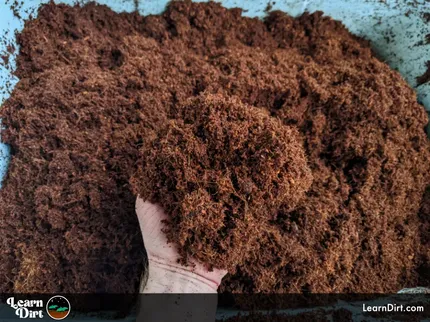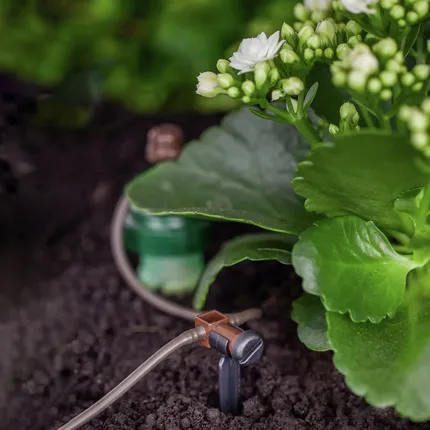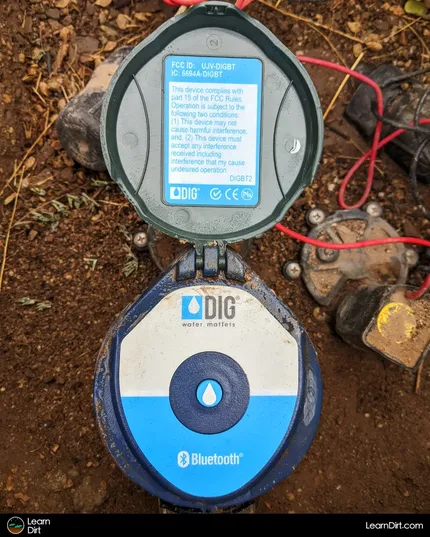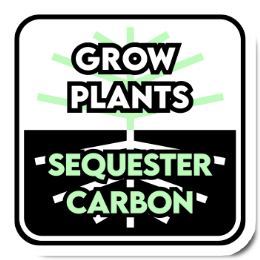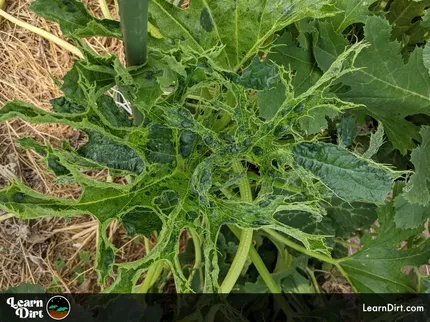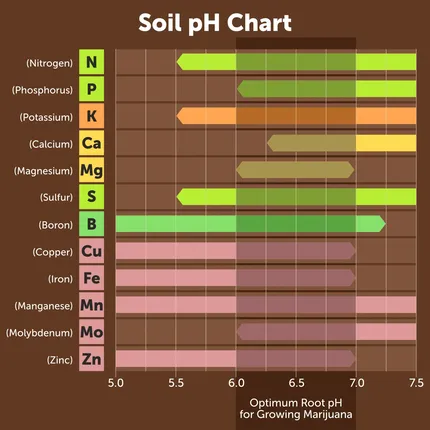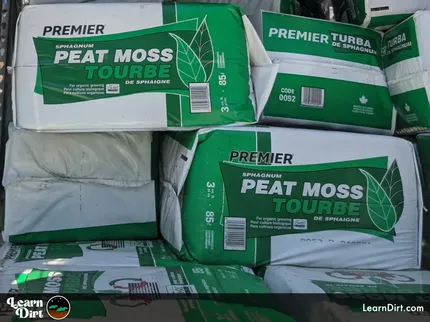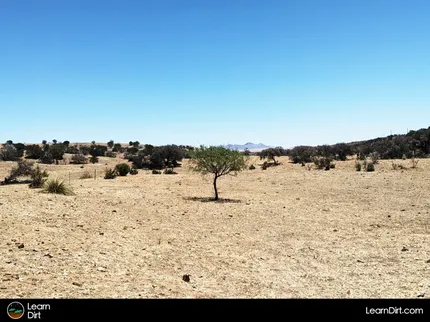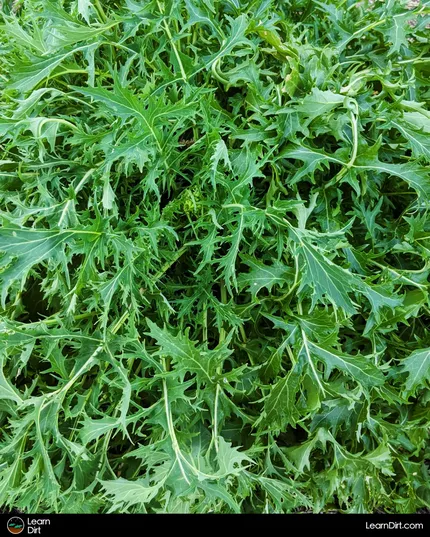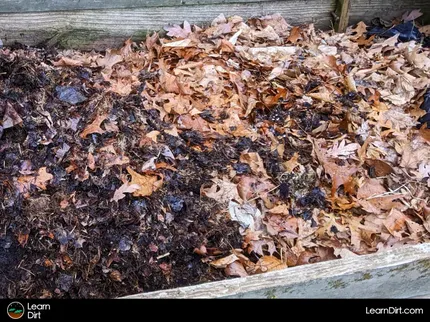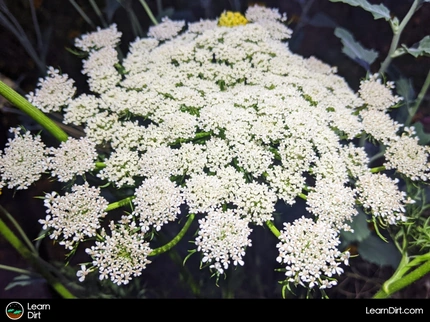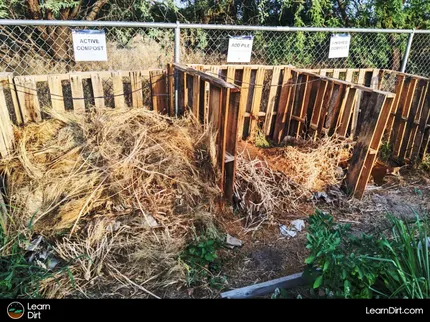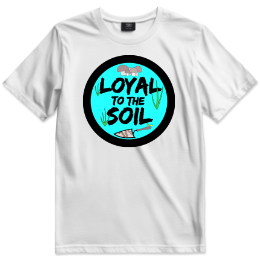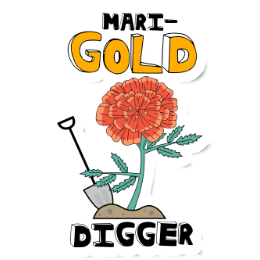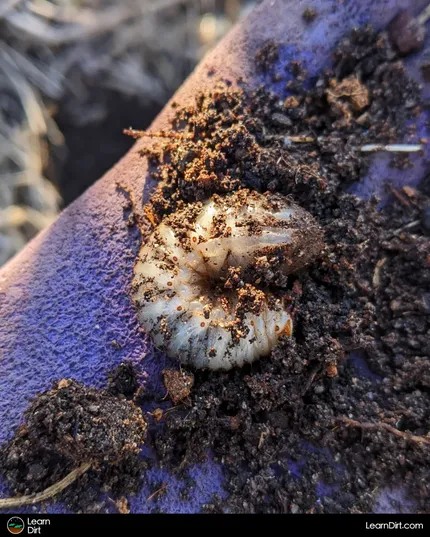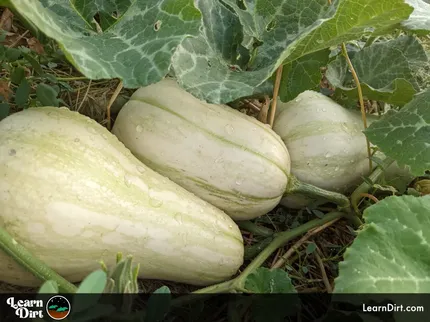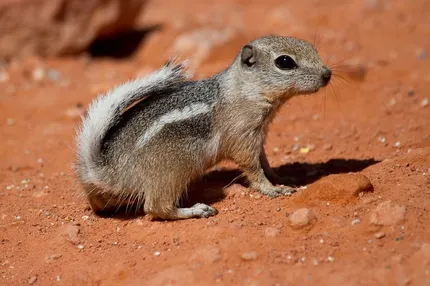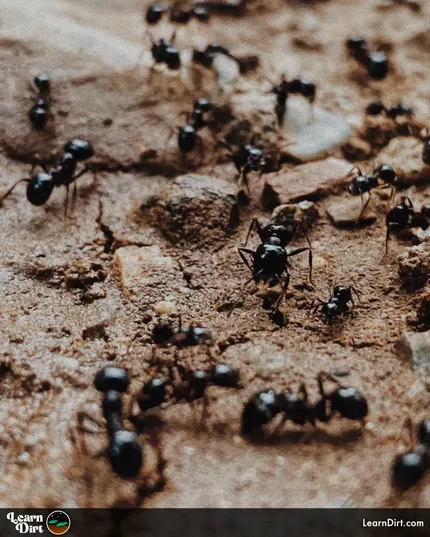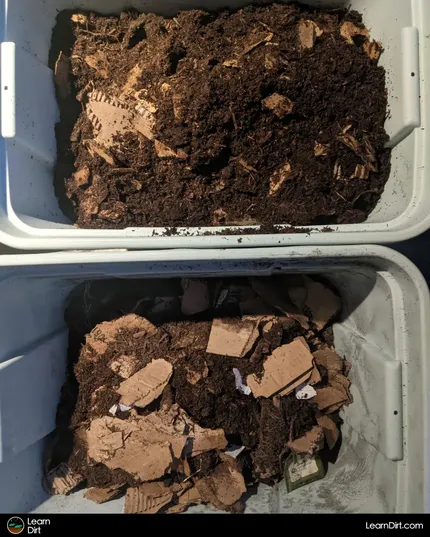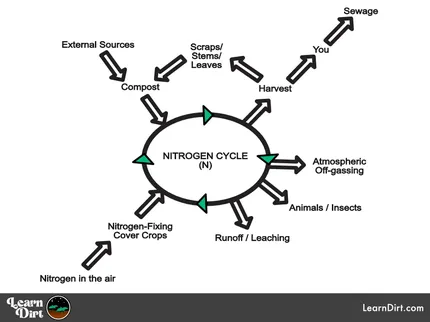Table of Contents
* Our articles never contain AI-generated slop *
If you can learn and implement it correctly, Keyline Design will unlock the potential of your land. Maximize water resources, and helping you create a thriving garden oasis!
At its core, Keyline Design focuses on understanding the natural topography and implementing design principles that work in harmony with the landscape's contours.
This technique and way of thinking was pioneered by the influential P.A. Yeomans in Australia, and is more relevant than ever in the face of climate change and large-scale desertification. Check out Water For Every Farm: Yeomans Keyline Plan to really delve deep on this subject.
Disclaimer: This post may contain affiliate links. Refer to the privacy policy for more information.
Keyline design involves identifying these "keylines" and strategically designing water-harvesting features along them to optimize water distribution across the landscape.
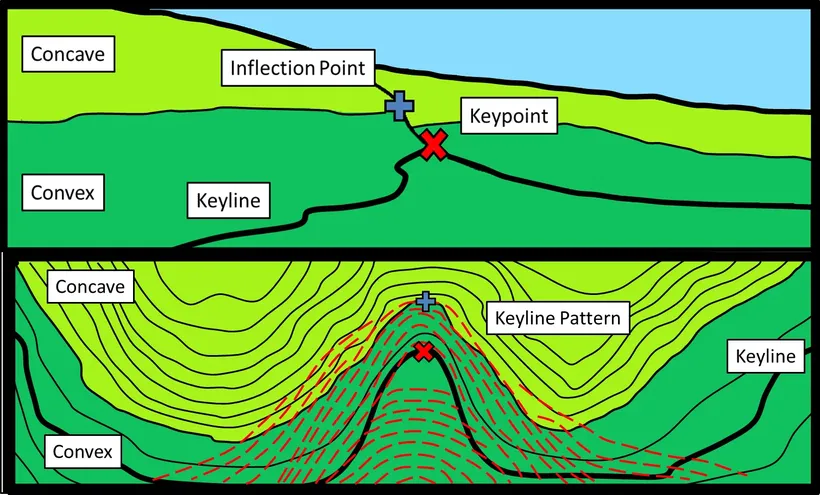
By harnessing the power of gravity, we can effectively store and direct water where it is most needed on the land.
A Guide to Implementing Keyline Design
Observing the Landscape
Start by familiarizing yourself with the natural contours and slopes of your land. Identify the keylines - the points where the land's slope changes.
Even if you think of your land as being completely flat, it likely has subtle contour and gradations across the parcel.
I'd suggest checking out a topographic map for obvious contours on your land as a starting point. This will get you thinking in the right direction, but for precise contours within an inch or two you'll need to get some basic surveying equipment and learn how to use it. This will give you the data you need to map accurate keylines and position earthworks correctly.
Mapping the Keylines
Map out the keylines on your land, paying close attention to any ridges, valleys, or areas of water concentration.
Join The Grower's Community
Your space to connect, learn, and belong 🌱
Check It Out!
Planting Strategic Vegetation
Introduce drought-tolerant plants and cover crops along the keylines to further enhance water retention and create a protective canopy that reduces evaporation.
Monitoring and Adjusting
Regularly assess the effectiveness of your Keyline design implementation.
Make adjustments as needed to optimize your water distribution, and foster a regenerative ecosystem.
Here in the Sonoran Desert, the full test of any water-harvesting earthworks comes with the summer monsoon.
Flash floods and 1/2 year's worth of rain in 2 months will put all your earthworks to the test. Be sure to observe how they function during and after the flooding.
Be very careful observing earthworks while there's flooding though, stay safe out there!
Often you can assess the aftermath of flooding and look for washouts and eroded / moved sand to get an idea of how your land handled the water.
If your drylands have a monsoon season like we do here in Tucson, it will always highlight lessons to learn and improvements to make with your earthworks. Nothing quite shows you where your earthworks are lacking like torrential monsoon rains!
Keyline Design in The Drylands
In arid landscapes like here in the Sonoran Desert, water is an immensely precious resource. We have to manage & use water wisely.
Keyline design offers a revolutionary solution to help manage and direct rainfall across a landscape.
By allowing us to make the most of every drop when it does rain, Keyline Design can have a profound effect on arid landscapes when properly implemented.
This mean the power of keyline design is multiplied in arid and semi-arid regions, and an even more critial piece to get right than in wetter climates.
Keyline and Regenerative Desert Gardening
Keyline design and regenerative desert gardening go hand in hand, unlocking the potential for sustainable and abundant food production.
Through integrating Keyline Design principles into our desert gardens and farms, we can create microclimates which mimic the natural patterns of water flow. Working with the land can help us to maximize our water availability.
Keyline Design is one more lens to look at regenerative gardening through. It brings to light new ideas and ways of seeing your land you may not have had before.
Final Thoughts...
Embracing Keyline Design in your arid landscape offers a bunch of benefits that extend beyond just water management.
Keyline Design offers a way to leverage abundant rainfall when it does come. Coupled with regenerative practices, this can lend a positive impact towards climate change mitigation and greener, more lush future.
Remember, Keyline Design is not just a technique—it's a mindset that lets us live harmoniously with the land, conserve water, and restore ecological balance.
Don't forget to grab a copy of Water For Every Farm: Yeomans Keyline Plan to learn more and begin to understand how to implement this mindset on your own land.
That's all for now, thanks for reading!
If you have any questions, comments, or would like to connect with fellow gardeners, head on over to the forum and post there.

